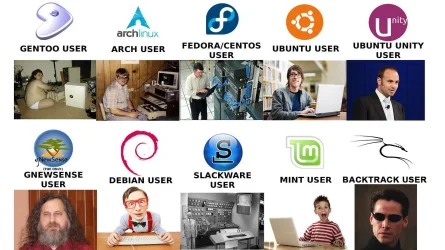@saltedm8 - I am looking at it from a third person perspective and we both really have our own points on different sides of the fence. The average user or most users would mean they would have even less resources than a higher-demand setup since 32GB of RAM is more than what most people have which means their resources are even more valuable as they have less to begin with and it really all depends on when their original registry was created. The Ferrari was only a example and really saying some people can buy systems that way exceeds how they use it and not using it to 100% capacity so they will have the resources when needed.
Adobe Tool is for uninstalling and Revo Uninstaller are for uninstalling when you already know what you are removing as that part is given.
The registry cleaning part it to remove excess things so your system works less hard with a database that points to invalid and non-existent things on the system.
It wouldn't be a psychological satisfaction because remember if you read my earlier comments in the thread, it's done automatically so I have nothing to do with it and it's backed up so I don't choose what it cleans and I don't have a choice of accidentally removing something as that's not a option with Norton Utilities. The ones that allows you to select is what is closer to the scenario you mentioned. But in any case since it's backed up, when you notice the problem, all you really need to do is assuming the system no longer boots, you can just boot into safe mode, use the same registry cleaning tool and restore what was removed.
And it doesn't take a registry cleaner to make your system unusable. There had been a time where Microsoft pushed something that stopped Windows from loading Explorer so there is no task bar or start menu and the fix was changing the time to some future date and then things would work. With the registry cleaner that backed up the changes to allow restoring, it's still safer than someone going into regedit.exe and manually deleting things on their own. And sometimes the reason it does not boot has nothing to do with the registry cleaner or changes to the registry itself but could also be caused by other things.
So it's a YMMV situation and one should basically do it at their own risk. Also, think about this, remember people can sue for everything and liability, when was the last time you actually seen any of the companies who makes these registry cleaner tools get sued because it rendered their system unusable. Basically, a system can be unusable for any reason and until all facts are known, since it can be something else that caused it, it's hard to really know. So like anything else, it is more of one's personal opinion as both sides can be correct in their own ways. As a Toastmaster and a Astrophysicist, it's more about acting competently than incompetently. Some people make 5 sets of backups but that does not mean that if something bad happened, their backups will always work as there are no guarantees in life except death and taxes as the saying goes.
Regardless, no one really answered how much resources does the registry actually takes on a system to atleast see what the impact really is to prove a theory is right or wrong.








